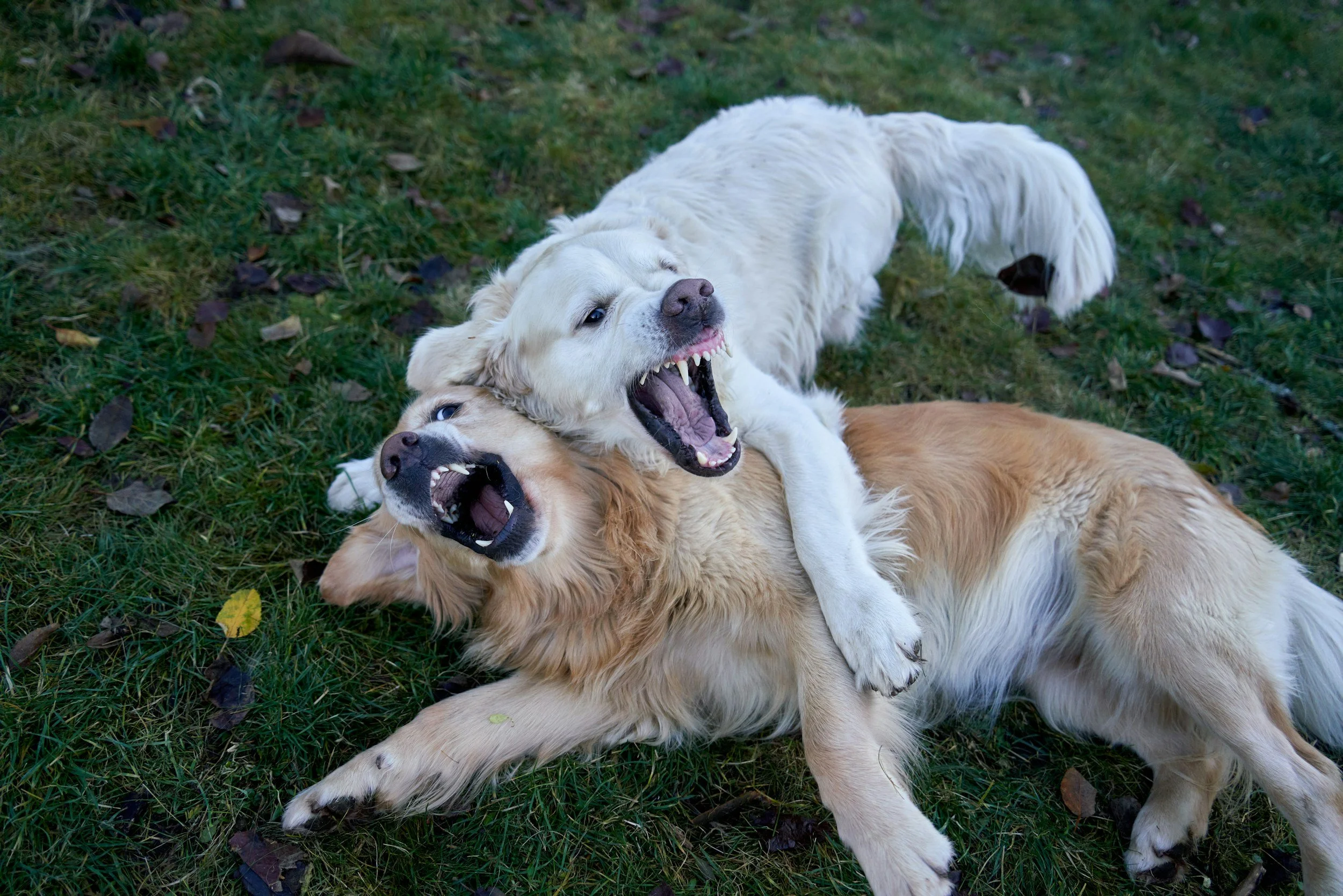What Force-Free Trainers Get Wrong (and Why It’s Hurting Dogs)
“Force-free” sounds appealing. Who wouldn’t want a kind, gentle way to train dogs without conflict?
The problem is — it’s not real. It’s an illusion.
Dogs don’t live in a “force-free” world. Pretending they do is exactly why so many owners stay stuck with the same problems for years.
The Myth of ‘No Force’
This front-clip harness is not force-free. It physically restricts movement, puts physical pressure across the dog’s chest and shoulders, and pulls the dog sideways when it pulls, impacting natural gait.
Force-free trainers claim they never use corrections, pressure, or aversives. But they absolutely do, they just call them something else.
Front-clip harnesses, Gentle Leaders, leash tension, body pressure, withholding rewards, confinement… it’s all force.
The only difference is the label and the amount of progress being made.
Dogs Already Understand Consequences
Dogs use pressure and correction all the time: in play, in social hierarchies, in family life, and daily interactions with other dogs.
Puppies are punished by mom with growls, lip curls, snaps, or nips.
Dogs snap, body-check, growl, bark, and bite during play to set boundaries.
Dogs will hard stare, growl, or curl their lip to let an approaching dog know to back off. If that dog doesn’t, they risk being snapped at.
Dogs don’t fall apart from punishment. They learn faster because of it. It’s not a big deal to them, it’s a part of life. It makes sense. They understand it.
Even in play, dogs use physical force with one another.
Humans denying this natural language create confusion and frustration instead of progress.
Redirection Doesn’t Teach
“Just redirect” is the standard force-free advice. If your dog is lunging at other dogs, just redirect. If your dog is jumping on people, just redirect them into a sit.
The problem is that redirection doesn’t teach the dog that jumping is not allowed or lunging at dogs isn’t allowed. It just distracts them until the moment passes. They still won’t know how to politely greet someone if they’re not in a sit. They still won’t know how to walk by another dog normally without being prompted for attention. And if jumping up is more rewarding than sitting or if barking and lunging is inherently more rewarding than checking in for food… then what? This is where force-free falls very short. It doesn’t take into account the genetics or instincts of a dog or the fact that some behavior is simply innately rewarding.
Dogs need to understand that some choices are not options. That’s not cruelty, it’s clarity.
Avoidance Isn’t Progress
Force-free methods often rely on avoiding triggers entirely:
“Stay under threshold.”
“Keep your distance.”
“Wait until your dog is ready.”
Except readiness rarely comes. Dogs exposed only to leashed walks and constant avoidance quickly lose interest in treats. Their recall fails. They ignore “come” and chase squirrels or rush other dogs instead. They live a life of confinement and frustration. Then, because there’s no training or fulfillment, owners often turn to drugs like Prozac or trazodone because the dog’s frustrated boredom is misconstrued as anxiety.
Clarity Creates Freedom
Clear, consistent accountability or punishment is simply communication.
When dogs understand what’s allowed and what’s not:
They self-regulate. There’s no worry or stress because they understand the rules.
They walk calmly past things that used to set them off.
They can be trusted off leash and get far more fulfillment and exercise.
One group of dogs is leashed, frustrated, and medicated. The other group enjoys life — off leash, confident, and joyful.
The Bottom Line
Force-free training isn’t free of force — it’s free of honesty, free of clarity, and free of joy for the dogs.
Dogs don’t need pandered to. They need rules and clarity, which lead to more freedom and fun. Dogs already understand consequences; humans just need to deliver them correctly.
If you want a dog who can truly enjoy life, stop chasing “force-free.” Teach with clarity. Show what’s allowed and what’s not.
Because refusing to set and enforce rules doesn’t make dogs better — it makes them confused, frustrated, and unhappy.
Next Step for Owners Ready for Real Results
If you’re done tiptoeing, avoiding triggers, and relying on treats to bribe compliance, it’s time for training that actually works.
Learn more about the Good Dog Program — 1:1 private training to turn reactive, leashed dogs into confident, happy dogs you can trust off leash.


